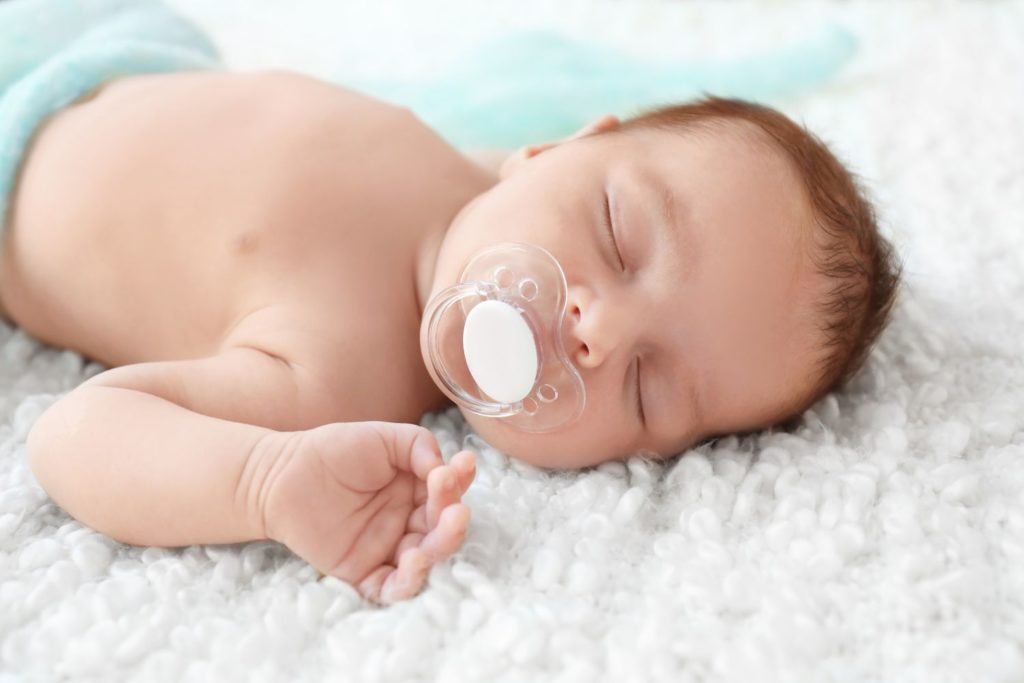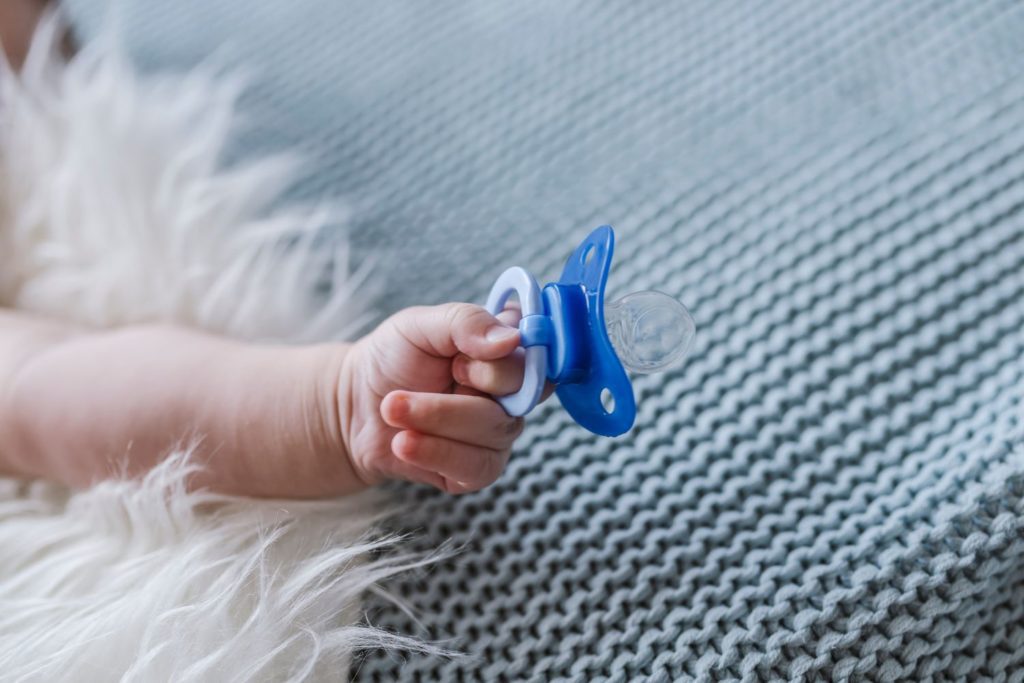Introducing a pacifier to your baby can be a comforting tool, but timing and proper use are important. Here’s when to ask your pediatrician about the appropriate time to introduce a pacifier to your baby and how to ensure it’s used safely.
Why Pacifier Use Matters
Pacifiers can provide comfort and help soothe your baby, but improper use can lead to potential issues like nipple confusion or dental problems. Understanding when and how to introduce a pacifier can help you make the best decision for your baby.
Signs It’s Time to Ask About Pacifiers
When should you discuss pacifier use with your pediatrician? Here are some signs:
- Soothing Needs: If your baby needs extra soothing and comfort.
- Sleep Aid: If you’re considering using a pacifier as a sleep aid.
- Feeding Issues: If you’re concerned about potential feeding issues related to pacifier use.
Questions to Ask Your Pediatrician
When discussing pacifier use, consider these questions:
- When is the appropriate time to introduce a pacifier?
- What are the benefits and risks of using a pacifier?
- How can I avoid nipple confusion if I’m breastfeeding?
- How should I clean and maintain the pacifier?
- When should I wean my baby off the pacifier?
Benefits of Pacifier Use
Soothing and Comfort
- Calming Effect: Pacifiers can help soothe and calm your baby.
- Sleep Aid: Using a pacifier can help your baby fall asleep and stay asleep.
Health Benefits
- SIDS Prevention: Some studies suggest that pacifier use during sleep can reduce the risk of Sudden Infant Death Syndrome (SIDS).
- Pain Relief: Pacifiers can provide comfort during medical procedures or vaccinations.
Practical Benefits
- Easily Replaceable: Unlike thumbs, pacifiers can be easily cleaned and replaced.
- On-the-Go Comfort: Pacifiers can provide instant comfort when you’re on the go.
Timing for Introducing a Pacifier
Breastfeeding Considerations
- Wait Until Breastfeeding is Established: If you’re breastfeeding, wait until breastfeeding is well-established (usually around 3-4 weeks) to avoid nipple confusion.
- Monitor Feeding: Ensure that pacifier use doesn’t interfere with regular breastfeeding sessions.
Bottle-Feeding Considerations
- Early Introduction: If you’re bottle-feeding, you can introduce a pacifier at an earlier age.
- Monitor Usage: Ensure that pacifier use doesn’t replace regular feeding times.
Choosing the Right Pacifier
Age-Appropriate Sizes
- Newborn Pacifiers: Choose pacifiers designed for newborns with small, soft nipples.
- Age-Specific Pacifiers: Select age-specific pacifiers as your baby grows to ensure a proper fit.
Safe Materials
- BPA-Free: Ensure the pacifier is made from BPA-free materials.
- One-Piece Design: Choose a one-piece design to prevent parts from coming apart and posing a choking hazard.
Ensuring Safe Pacifier Use
Cleaning and Maintenance
- Regular Cleaning: Clean the pacifier regularly with soap and water.
- Sterilization: Sterilize the pacifier before first use and regularly afterward.
Safe Usage Practices
- Inspect for Damage: Regularly inspect the pacifier for any signs of wear or damage.
- Avoid Sweeteners: Never dip the pacifier in sweet substances, which can lead to tooth decay.
Monitoring Usage
- Limit Use: Use the pacifier primarily for soothing and sleep, not as a substitute for feeding.
- Weaning: Plan to wean your baby off the pacifier by around 6-12 months to avoid dental issues.

Potential Risks and How to Mitigate Them
Nipple Confusion
- Wait Until Breastfeeding is Established: Delay introducing a pacifier until breastfeeding is well-established.
- Monitor Feeding: Ensure that pacifier use doesn’t interfere with regular breastfeeding.
Dental Issues
- Early Weaning: Plan to wean your baby off the pacifier by around 6-12 months to prevent dental problems.
- Orthodontic Pacifiers: Consider using orthodontic pacifiers designed to support proper oral development.
Introducing a pacifier to your baby can provide comfort and soothing benefits, but it’s important to do so at the right time and with proper usage. By discussing your options with your pediatrician and following safety guidelines, you can ensure a positive experience for your baby. Don’t hesitate to reach out to your pediatrician for guidance and support.

